What Does Saffron Smell Like?: An In-Depth Exploration
What Does Saffron Smell Like? An In-Depth Exploration
What Does Saffron Smell Like – Saffron boasts a distinctive and unique fragrance that captivates the senses. Its aromatic and olfactory properties have drawn people’s attention across generations, making it a cherished ingredient in food, beverages, and even perfumes. This remarkable spice transcends cultural and culinary boundaries, enriching diverse traditions around the world.
The alluring aroma of saffron, characterized by its earthy and honeyed notes, has tantalized taste buds and stirred passions for centuries. Its warm threads are intricately woven into the cultural fabric of numerous societies, enhancing not only culinary creations but also celebrations and rituals.
Saffron serves as a bridge between the past and the present, reminding us that the quest for culinary excellence and a touch of royalty is as timeless as the spice itself.
In today’s world, saffron remains a luxury that is beyond the reach of many. Consequently, questions such as “What does saffron smell like?” and “What does saffron taste like?” frequently dominate the top searches on Google. This curiosity arises from the fact that not everyone is familiar with the fragrance, flavor, and vibrant hue of authentic saffron.
Described as having a warm floral scent with a delicate sweetness and subtle hints of spice, saffron’s aroma is truly enchanting.
In this blog, we invite you to embark on a sensory journey to explore the aromatic mysteries of saffron and uncover the rich, underlying tones that make this spice so extraordinary.
🍯 Taste the luxury of saffron! Buy Kesar now and indulge in its unique aroma! 🥇
Understanding Saffron
What is Saffron?
Saffron is derived from the flower of Crocus sativus, commonly known as the saffron crocus. This delicate flower blooms in the fall, producing vibrant purple petals and three crimson stigmas. These stigmas are collected and dried to create saffron, which is known for its potent flavor, vibrant color, and distinct aroma.
The Importance of Aroma in Saffron
The scent of saffron is an essential aspect of its overall appeal. Aroma plays a critical role in flavor perception; thus, saffron’s fragrance contributes significantly to its culinary applications. Understanding saffron’s smell can enhance our appreciation for this luxurious spice.
The Aroma Profile of Saffron
Describing the Scent
When you first encounter saffron, you might notice its complex and multifaceted aroma. Descriptions of saffron’s scent often include:
- Earthy: A warm, rich base note that reflects the spice’s natural origins.
- Floral: Subtle floral hints reminiscent of the crocus flower, adding a delicate sweetness.
- Hay-like: Some describe Zaffran‘s aroma as having a dry, hay-like quality, contributing to its earthiness.
- Honeyed: A sweet, almost syrupy scent that enhances its allure, often likened to the smell of honey or dried fruits.
This intricate blend of scents creates a unique aroma that is both captivating and comforting.
The Chemical Composition of Saffron’s Aroma
The distinct fragrance of saffron can be attributed to its unique chemical composition. Key compounds responsible for saffron’s aroma include:
- Picrocrocin: This compound contributes to saffron’s bitter flavor and is also linked to its scent.
- Safranal: Known for its sweet and floral aroma, safranal is a primary volatile compound in saffron that defines its signature scent.
- Carotenoids: These pigments not only give saffron its vibrant color but also play a role in its aroma profile.
The interaction of these compounds results in saffron’s complex and delightful scent.
20 GRAMS IKS AUTHENTIC PREMIUM KASHMIR KUNGUMAPOO
Factors Influencing Saffron’s Aroma
Geographic Origin
The aroma of saffron can vary depending on its geographic origin. Different regions produce saffron with distinct scent profiles due to variations in climate, soil composition, and cultivation methods. For example:
- Kashmir Saffron: Known for its rich, sweet aroma with strong floral notes.
- Spanish Saffron: Often has a more robust and earthy scent.
- Iranian Saffron: Typically exhibits a balance of sweetness and earthiness, making it highly sought after.
Harvesting and Processing Methods
The way saffron is harvested and processed can significantly impact its aroma. Factors such as:
- Timing of Harvest: Picking the stigmas at the right time ensures optimal fragrance. Early morning is often preferred as the flowers are freshly bloomed.
- Drying Techniques: Traditional air-drying methods can preserve the aroma better than industrial drying methods, which may lead to a loss of volatile compounds.
These practices are crucial for maintaining the integrity of saffron’s scent.
🥘 Want to impress your guests? Buy Kesar today and elevate your culinary game! 🍴
The Role of Saffron’s Aroma in Culinary Uses
Culinary Applications
Saffron’s unique aroma makes it a prized ingredient in various cuisines. Its fragrance enhances dishes in several ways:
- Rice Dishes: In dishes like paella or risotto, saffron’s aroma infuses the rice, creating a tantalizing scent that complements the dish’s flavors.
- Soups and Stews: Saffron’s earthy notes elevate the overall aroma profile of soups and stews, adding depth and complexity.
- Baked Goods: In some cultures, saffron is used in sweet baked goods, where its honeyed scent adds a unique twist.
Aroma in Pairings
Saffron pairs well with various ingredients, and its aroma enhances the overall sensory experience. Some common pairings include:
- Citrus: The bright notes of lemon or orange can complement saffron’s floral qualities.
- Nuts: Almonds and pistachios add a contrasting texture and aroma that harmonizes with saffron’s scent.
- Spices: Cumin, cardamom, and cinnamon can enhance saffron’s complex fragrance, creating a rich aromatic profile.
The Cultural Significance of Saffron’s Aroma
Saffron in Traditional Medicine
In addition to its culinary uses, saffron has been recognized for its potential health benefits. Its aroma is believed to have calming and mood-enhancing properties, making it a staple in various traditional medicine practices.
Saffron in Rituals and Ceremonies
The distinct scent of saffron also holds cultural significance in many societies. It is often used in religious rituals, weddings, and celebrations, where its aroma symbolizes purity, wealth, and prosperity.
🕊️ Unleash the aromatic wonders of saffron! Buy Kesar now and delight in its richness! 🌾
How to Experience Saffron’s Aroma
Quality Matters
To fully appreciate saffron’s aroma, it’s crucial to choose high-quality saffron. Look for bright red stigmas with a strong, aromatic scent. Avoid saffron that appears dull or has a weak smell, as this may indicate inferior quality.
Tips for Scent Exploration
To experience saffron’s aroma at its best, consider the following tips:
- Smell Before You Cook: Take a moment to inhale the scent of saffron before using it in your dishes. This will enhance your appreciation for its fragrance.
- Infusion Techniques: Allow saffron to steep in warm water or broth before adding it to your dish. This helps release its aroma and flavor, enriching your culinary experience.
- Savoring the Scent: When consuming saffron-infused dishes, take time to enjoy the aroma as you eat. This enhances the overall sensory experience.
Conclusion
Saffron is more than just a spice; its unique aroma captivates the senses and elevates culinary experiences. With its earthy, floral, and honeyed notes, saffron offers a complex scent profile that varies based on geographic origin, harvesting methods, and culinary applications.
Understanding what saffron smells like allows us to appreciate this luxurious spice on a deeper level, whether in cooking, traditional rituals, or simply savoring its fragrance.
As you explore saffron, remember to choose high-quality varieties and take the time to enjoy its delightful aroma. This golden spice is a testament to the beauty of nature and the complexity of flavors and scents it offers.
🌍 Embrace timeless elegance of saffron! Purchase Kesar today and savor its beauty! 🌹

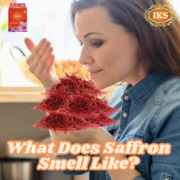
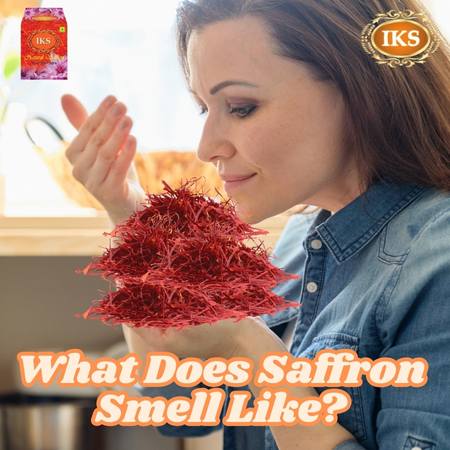
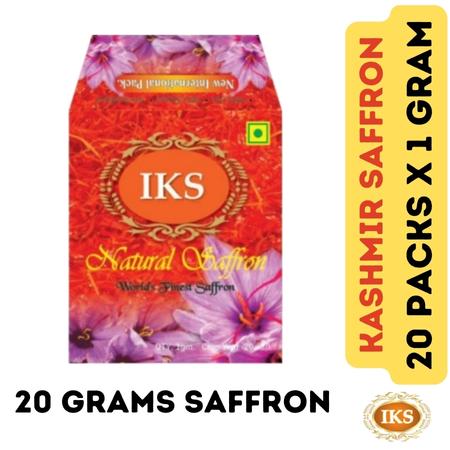

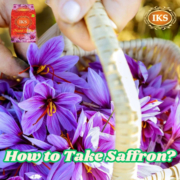
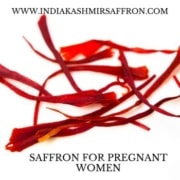
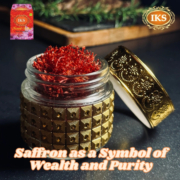
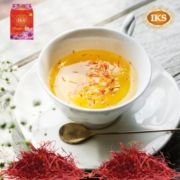
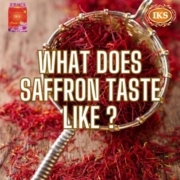



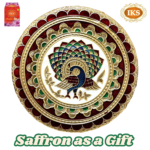
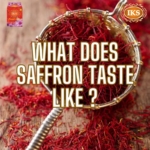
Leave a Reply
Want to join the discussion?Feel free to contribute!